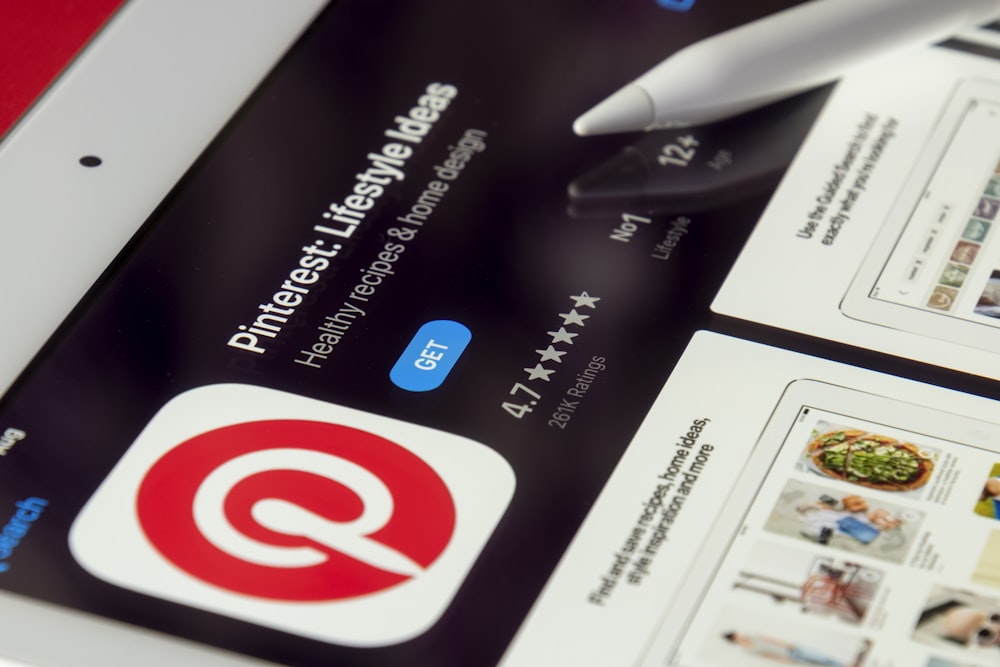Pinterest stock has been rallying since mid-May, growing 35% off of lows not seen since the end of last year. The company suffered a precipitous drop in its share price in April after the market moved against the business in the wake of what was actually a pretty good first quarter 2021 earnings report.
However, investors seemed to hone in on management warnings of slow growth, as well as a cautious sounding note that monthly active users (MAUs) would remain “flat on a year-over-year percentage basis” during the second quarter.
But that previous pessimistic tone seems to have abated for now, and investors are getting behind the company in the lead up to its next financial results call.
So what should we expect for Pinterest in the near-term, and is the stock still a buy at its current valuation?
Pinterest Keeps on Growing
Pinterest’s latest earnings report painted a picture of a company doing everything right.
The firm’s revenues of $485 million were up 78% year-on-year, beating Wall Street estimates by nearly $10 million.
The same story was true for earnings too: PINS’s non-GAAP earnings-per-share of $0.11 again outperformed analyst predictions by $0.04. US revenues were up 65%, while internationally it grew by 170%.
Pinterest’s cash position was also showing healthy metrics, with an adjusted EBITDA of $84 million smashing analyst consensus expectations of $57.4 million. Its MAUs were actually up 30% year-on-year, but at 478 million users it just fell short of the consensus figure of 480.5 million.
Despite the miss on its MAU numbers – and the advice that those numbers would remain flat for the next three months – Pinterest believes it will still grow revenues in the next quarter by 105% year-on-year.
It goes without saying that, for any company, triple-digit revenue growth is a fairly big deal – and perhaps even more noteworthy for Pinterest right now given that this will come off the back of a customer base that’s expected to remain numerically static over the period.
How will Pinterest continue to achieve this growth? First, its average revenue per user (ARPU) has been climbing of late, with its monetization of US customers growing 50% to $3.99, and its international ARPU expanding even more rapidly by 91% year-on-year to $0.26 per user.
It’s clear that maintaining this momentum in the non-US market will be important for Pinterest’s future success, and this brings us to the second point: Pinterest has been actively innovating new features for its merchants and users on the platform, with a focus on allowing sellers to deploy various advertising strategies depending on the particular market or country they are targeting.
And the company’s global markets are still chronically under-tapped, with businesses in only 30 countries currently able to run advertisements on Pinterest’s platform. This isn’t necessarily a bad thing – it just means that there’s plenty of room for growth as more territories are brought on board.
One of Pinterest’s most attractive features is simply the low cost of advertising on its site, especially when compared with the likes of Facebook and Google, which run far more sophisticated bidding models which don’t always offer the best bang-for-the-buck for many customers.
Indeed, Pinterest claims shoppers spend twice as much money on its site compared with shoppers on rival platforms, offering a greater return on investment for anyone promoting their business with Pinterest. This also highlights Pinterest’s unique competitive moat in the industry: it’s a social media company that customers use to buy things.
Is Pinterest’s Valuation Too High?
As Pinterest’s stock has risen recently, questions inevitably turn to whether the company is still trading at a fair value. And while the firm does have a high trailing twelve month Price-to-Sales ratio of 24.59 – especially when judged against its peers in the Communications Services industry, where the sector median is just 2.10 – many investors might feel that for a business with such growth potential that this multiple is justified.
To back this conclusion up, we could point to Pinterest’s high EBITDA Forward Growth Rate of 290%, or its Operating Cash Flow Growth of 998%, to further show that the business is driving growth in a good deal of key metrics and doing so to a significant degree.
However, Pinterest is also lacking in some important areas, especially when it comes to judging its profitability. Its EBITDA Margin, for instance, is low at just 5.63%, and its inflated Forward Price-to-Earnings of 84.29 is difficult to ignore.
While there are certainly pros and cons to Pinterest’s current worth, it all has to be weighed against the likelihood of the business continuing to grow. And here there are reasons to be optimistic. PINS 3-year CAGR stands at a very admirable 53% – and with its Cash & Short-Term Investments currently at $2.03 billion, the company has more than sufficient money flows to fund any expansion projects required to maintain that revenue growth going into the future.
Is Pinterest Overvalued? The Bottom Line
Pinterest is a unique business with excellent global growth prospects and a customer base that continually generates revenue increases on a yearly basis. The stock has enjoyed a run-up of late, with some investors wary that this might come to an end soon. However, its shares trade at an 8% discount to an average analyst price target of $83.50, and thus, as a short-term investment, Pinterest represents a cheap buy at its current valuation.
The author has no position in any of the stocks mentioned. Financhill has a disclosure policy. This post may contain affiliate links or links from our sponsors.
